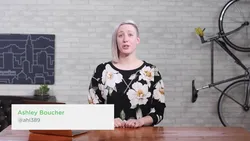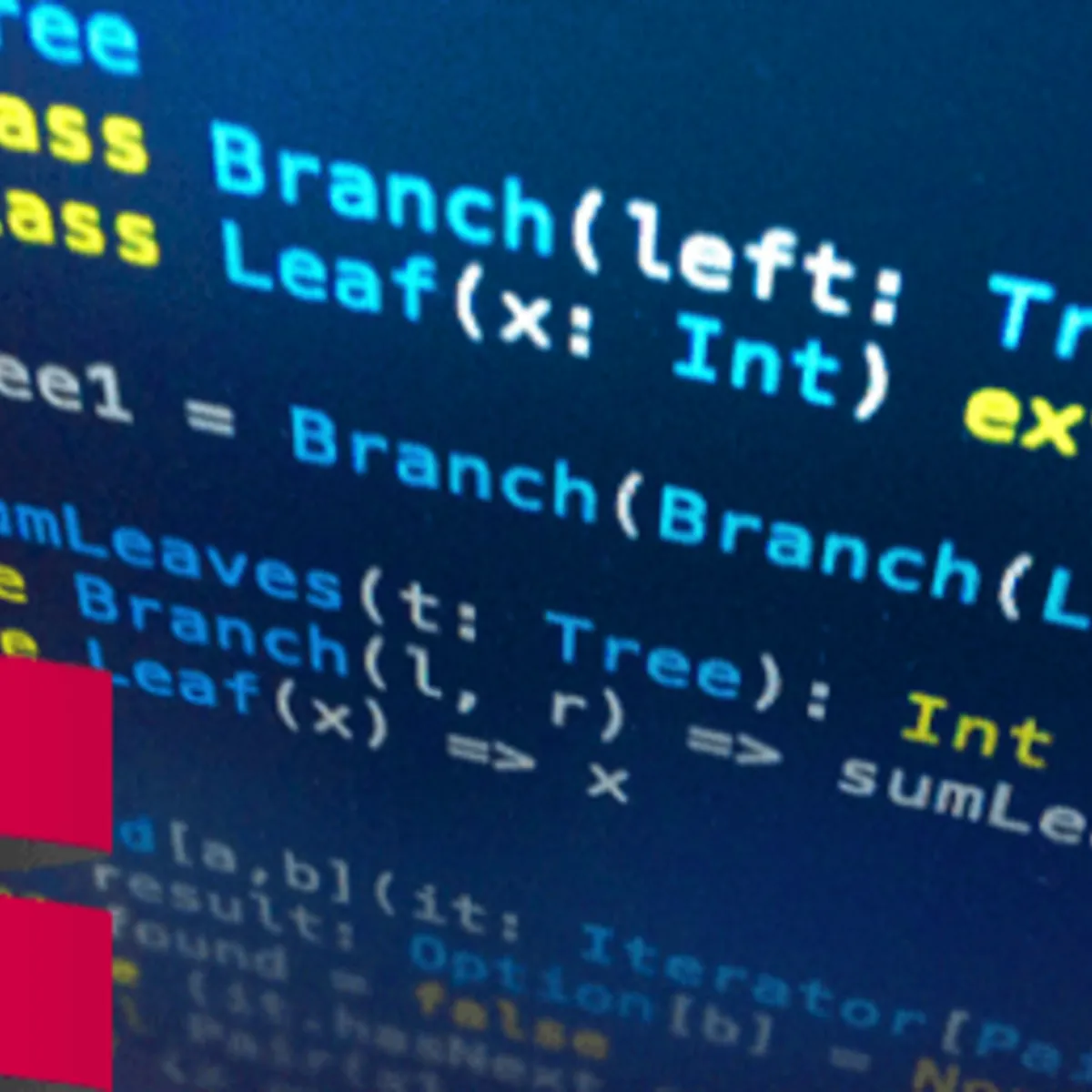
Introducing Tuples Course 
This course introduces students to tuples, a Python data structure similar to lists. Students will learn the key differences between tuples and lists, and how to use tuples in their own programming. By the end of the course, students will have a better understanding of how to use tuples to store and manipulate data. ▼
ADVERTISEMENT
Course Feature
![]() Cost:
Cost:
Free Trial
![]() Provider:
Provider:
Treehouse
![]() Certificate:
Certificate:
Paid Certification
![]() Language:
Language:
English
![]() Start Date:
Start Date:
On-Demand
Course Overview
❗The content presented here is sourced directly from Treehouse platform. For comprehensive course details, including enrollment information, simply click on the 'Go to class' link on our website.
Updated in [March 06th, 2023]
1. You will learn the basics of tuples, a data structure in Python that is similar to lists but with one key difference. You will understand how tuples are created, accessed, and manipulated. You will also learn how to use tuples to store data and how to use them in loops and conditionals.
2. You will gain an understanding of the advantages of using tuples over lists. You will learn how tuples are immutable, meaning they cannot be changed, and how this can be beneficial in certain situations. You will also learn how tuples can be used to store data more efficiently than lists.
3. You will learn how to use tuples in functions and classes. You will understand how to use tuples to pass multiple arguments to a function and how to use them to store data in classes. You will also learn how to use tuples to return multiple values from a function.
4. You will gain an understanding of the different methods and functions available for working with tuples. You will learn how to use the built-in functions to manipulate tuples and how to use the methods to access and modify the data stored in tuples.
5. You will learn how to use tuples to solve real-world problems. You will understand how to use tuples to store data in a structured way and how to use them to create efficient algorithms. You will also learn how to use tuples to optimize code and improve performance.
[Applications]
This course provides an introduction to tuples, a data structure in Python that is similar to lists but with one key difference. After completing this course, students will be able to understand the differences between tuples and lists, create tuples, access elements in tuples, and use tuples in their own programs. Students can apply their knowledge of tuples to create more efficient and organized programs. Additionally, students can use tuples to store data that is not meant to be changed, such as constants.
[Career Paths]
1. Data Scientist: Data Scientists use their knowledge of mathematics, statistics, and computer science to analyze large datasets and uncover patterns and trends. They use this information to develop predictive models and algorithms that can be used to make decisions and solve problems. Data Scientists are in high demand and the field is expected to continue to grow in the coming years.
2. Software Developer: Software Developers create and maintain software applications. They use programming languages such as Python, Java, and C++ to write code and develop software applications. Software Developers are in high demand and the field is expected to continue to grow in the coming years.
3. Machine Learning Engineer: Machine Learning Engineers use their knowledge of mathematics, statistics, and computer science to develop algorithms and models that can be used to make decisions and solve problems. They use programming languages such as Python, Java, and C++ to write code and develop machine learning applications. Machine Learning Engineers are in high demand and the field is expected to continue to grow in the coming years.
4. Artificial Intelligence Engineer: Artificial Intelligence Engineers use their knowledge of mathematics, statistics, and computer science to develop algorithms and models that can be used to make decisions and solve problems. They use programming languages such as Python, Java, and C++ to write code and develop artificial intelligence applications. Artificial Intelligence Engineers are in high demand and the field is expected to continue to grow in the coming years.
[Education Paths]
1. Bachelor of Science in Computer Science: This degree path provides students with a comprehensive understanding of computer science fundamentals, including programming, software engineering, and computer architecture. Students will also learn about the latest trends in computer science, such as artificial intelligence, machine learning, and data science.
2. Bachelor of Science in Information Technology: This degree path focuses on the application of technology to solve business problems. Students will learn about the design, development, and implementation of information systems, as well as the management of information technology resources.
3. Master of Science in Data Science: This degree path focuses on the analysis and interpretation of large datasets. Students will learn about data mining, machine learning, and predictive analytics, as well as the use of data visualization tools. This degree path is becoming increasingly popular as businesses look to leverage data to gain insights and make better decisions.
4. Master of Science in Artificial Intelligence: This degree path focuses on the development of intelligent systems that can learn and adapt to their environment. Students will learn about the fundamentals of artificial intelligence, including machine learning, natural language processing, and robotics. This degree path is becoming increasingly popular as businesses look to leverage AI to automate processes and gain insights.
Course Provider

Provider Treehouse's Stats at AZClass
Discussion and Reviews
0.0 (Based on 0 reviews)
Explore Similar Online Courses

SAS Advanced Programmer

GMAT Critical Reasoning

RDBMS PostgreSQL

Intro To PostgreSQL Databases With PgAdmin For Beginners

PostgreSQL: Client Applications

Mastering SQL using Postgresql

Database Design and Basic SQL in PostgreSQL

PostgreSQL: Advanced Queries

Spatial SQL with Postgres : A language for geographers

Learn SQL Using PostgreSQL: From Zero to Hero

PostgreSQL Essential Training

Big Data Analysis with Scala and Spark
 Related Categories
Related Categories
 Popular Providers
Popular Providers
Quiz
 Submitted Sucessfully
Submitted Sucessfully
1. What data structure is similar to lists but with one key difference?
2. What will you learn in this course?
3. What is the key difference between tuples and lists?
4. Tuples are _________
Correct Answer: immutable


Start your review of Introducing Tuples Course